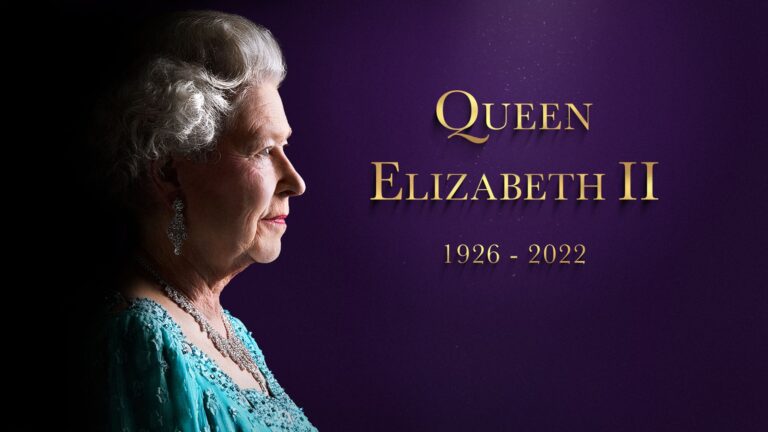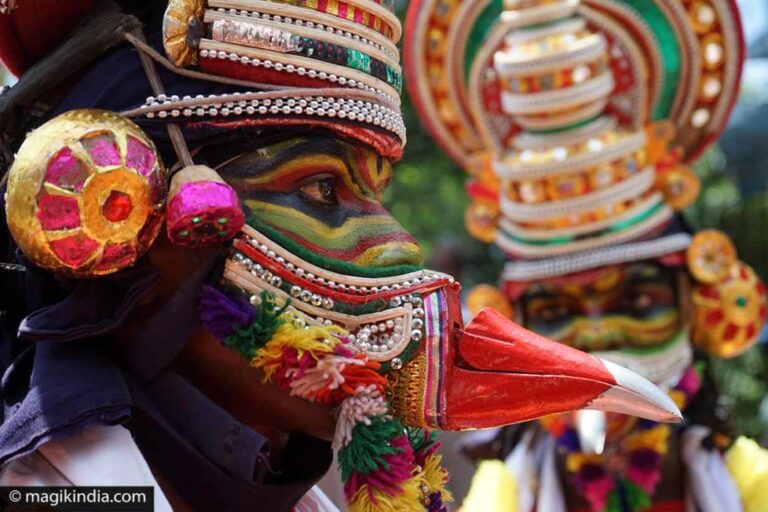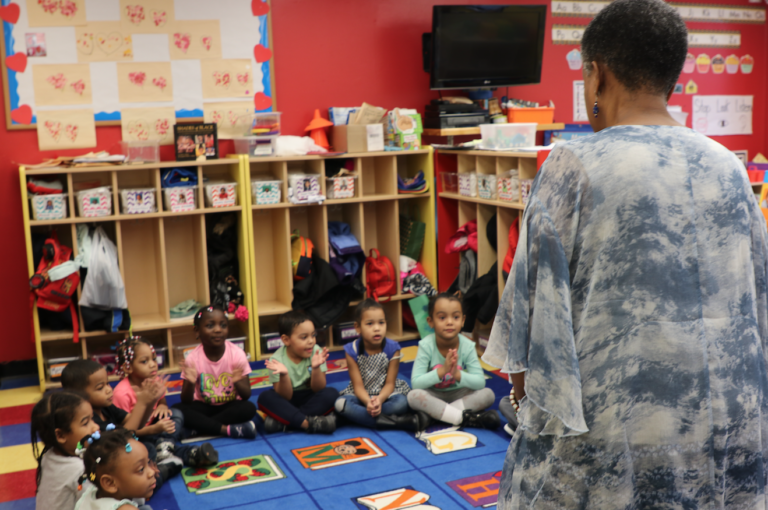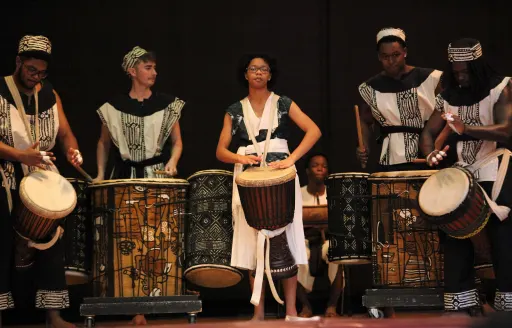Holidays are filled with joy and excitement. Aside from the great festivities that make the holidays so special, you can plan – and eat – large, elaborate meals and desserts, mix with the crowds, and share time with friends and family.
In the same way that the holidays make life so enjoyable, they can also put an adverse impact on your health. In that case, what can you do to maintain good health during the holidays?
You don’t have to let your health slip away during the holiday season. Health pitfalls can be avoided with some planning and effort.
10 Tips to Stay Healthy this Holiday Season
- Drink plenty of water
You will stay hydrated and prevent mindless eating if you consume adequate amounts of water. This strategy has proven successful over the years. Drinking water keeps you full. You are likely to eat less of that meal if you drink two cups of water before eating.
During this holiday period, it is advisable to drink water first before eating anything else since there will be less space for anything else, resulting in a healthier you.
- Eat a lighter salad
There are lots of picnics and barbecues during Christmas, where pasta salads, creamy potato salads, and cheese dips are abundant. Bring a nutrient-rich bean salad, a potato salad laced with vinaigrette, and a green veggie-packed garden salad instead if you are attending somewhere that requires you to bring a salad.
- Maintain an active lifestyle
During the holidays, it’s easy to neglect exercise. It is cold outside, you need to decorate and plan a party, or you might have to visit with relatives. Still, physical activity is essential for staying healthy. Schedule time for exercise and prioritize it.
Overindulging in calories can be burned off by exercising a little more. Maintaining your health throughout the year by exercising is essential, especially during the holiday season.
It would be beneficial to exercise to burn off the extra calories consumed during the holiday season. Engage the whole family in fun family workouts. When you exercise during the holiday season and afterward, it makes you feel good overall, relieves stress, improves brain and heart function, and improves your overall mood.
It can be difficult for some people to stick to a strict workout routine during the holidays. As opposed to trying to go to the gym five days a week, focus on doing something to get you moving every day. Consider going for a walk with family or signing up for a fitness class with a friend (hello, holiday specials).
- Practise saying no
It is important to practice healthy nutrition during this festive season when you will be faced with so many different types of foods. Say no to unhealthy foods! Try to limit sodium intake, limit your intake of foods with added sugars, and reduce your intake of saturated fats if you have a history of hypertension.
Because most party food is sodium-laden, contains lots of sugar, is fried, and contains plenty of fat, you should limit what you eat. To avoid eating junk food while out, eat a healthy meal at home before going out. Don’t feel obligated to eat everything offered to you.
- Choose healthy foods
Fill your plate with healthy food and prepare a healthy holiday menu. Rather than green bean casserole, choose green beans or corn instead. Bring a salad or a tray of vegetables if you know healthy dishes won’t be available at your family dinner.
You should determine how much food you are comfortable eating before you start eating and stop when you are full if you’re prone to overeating over the holidays.
- Snacking in moderation
Snacks consumed throughout the holidays are often underestimated in terms of calories. Even if you eat a healthy meal, your snack choices can ruin it. Keep track of the amount you consume. Load up on vegetables and fruits instead, as these contain fewer calories, are more filling, and are healthier in the long run.
- Avoid skipping meals
With so many snacks and treats available, it’s easy to fill up on calorie-filled snacks and skip the more nutritious meals you’d usually have. It’s not surprising that this leads to weight gain. You can avoid a sugar crash by eating properly throughout the day and limiting your temptation to indulge in sweets.
- Consume alcohol in moderation
For women, one drink per day is recommended, while for men, two drinks per day are recommended. If you intend to have a glass of wine or a bottle of beer, prepare your mind for it.
When you have another drink, it’s hard to say ‘no’ to a third; so it’s better to have a plan and follow it. You can minimize alcohol consumption by sipping sparkling water in between drinks. You’ll feel better overall and your liver will have fewer stressors during the holidays.
- Trade your favorite dishes
Many of our favorite Christmas dishes aren’t the healthiest options, so why not try some of these healthier alternatives. Chili prawns are better than classic prawn cocktails, pesto is better than cheese dip, and bliss balls are more fun than truffles. Not only are these dishes delicious, but they also feel indulgent.
- Keep in mind that there will always be next year
It is important to schedule downtime during the holidays to stay healthy. You can easily fill your calendar with every Christmas invitation and event you can find. If your schedule is packed, you may feel burned out, tired, and less festive.
Instead, focus on a few meaningful activities. Maybe you enjoy watching holiday movies with your family, baking cookies, and attending work parties. Make sure you attend these events! The next time you are overwhelmed by the thought of a cookie exchange, choral concert, or another event, skip it! There is no need to participate in every event this year.
Bottom Line
You may find it hard to maintain a gym routine or eat a whole foods diet during the holidays, but remember, progress, not perfection, is what counts.
You’ll be ready when the clock strikes midnight on December 31st if you begin those healthy holiday habits and make good choices now. Throughout the year, you’ll already be building momentum for a healthier lifestyle.
Written By Senkat Nden









